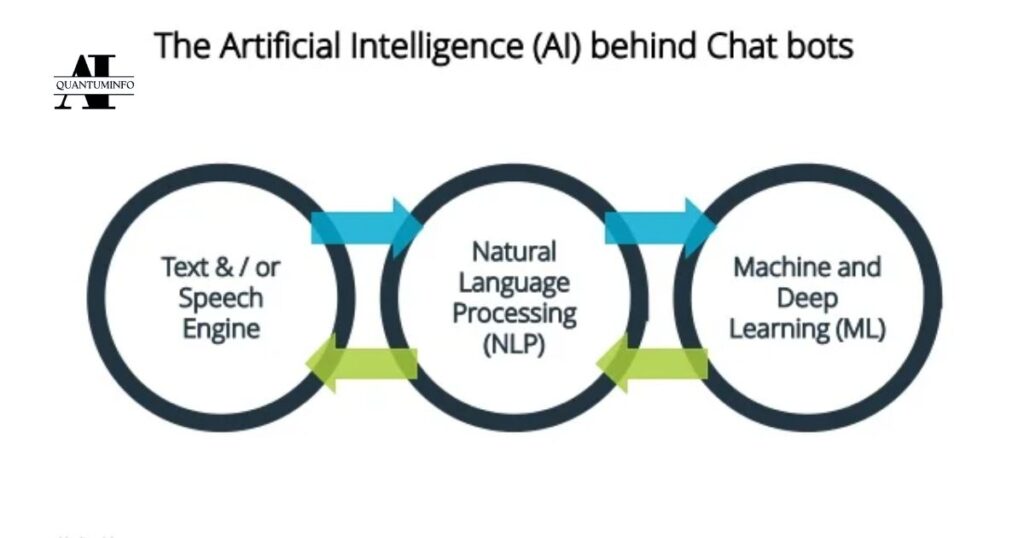Storytelling has been an essential aspect of human culture throughout history. As we explore the intersection of storytelling and artificial intelligence (AI), we uncover a fascinating evolution that has profound implications for creativity and narrative construction.
This article delves into the history of storytelling, the mechanics of AI-generated narratives, their benefits and limitations, and notable examples that highlight the potential of this technology.
The History of Storytelling and the Rise of AI
The Evolution of Storytelling
From the earliest days of humanity, storytelling has served as a vital means of communication, education, and cultural preservation.
Ancient tribes shared stories orally, weaving together myths and legends that explained the world around them. These narratives often conveyed moral lessons, cultural values, and historical events, forming the fabric of communal identity.
The Rise of Artificial Intelligence
In recent years, AI has emerged as a powerful tool in the realm of storytelling. With advancements in natural language processing (NLP) and machine learning, AI can generate coherent narratives, opening new avenues for creativity.
This technological evolution raises important questions about authorship, originality, and the future of storytelling itself.
Key Developments in AI:
- Natural Language Processing (NLP): This field focuses on enabling machines to understand and generate human language, making it central to AI storytelling.
- Machine Learning: Algorithms that improve through experience allow AI to learn patterns from vast datasets, enhancing its ability to create narratives.
- Deep Learning: A subset of machine learning, deep learning employs neural networks to process complex data, significantly boosting AI’s narrative capabilities.
The convergence of AI and storytelling is reshaping how narratives are created and consumed, offering both exciting opportunities and significant challenges.
How AI-Generated Stories Work: Natural Language Processing and Machine Learning

Understanding Natural Language Processing (NLP)
Natural Language Processing is the cornerstone of AI-generated storytelling. It comprises various techniques that enable machines to interpret and generate human language effectively. Here’s a closer look at how NLP operates:
- Text Analysis: AI systems dissect text into smaller units (tokens) for easier analysis, allowing for a deeper understanding of language structure.
- Semantic Understanding: AI algorithms assess the meaning of words based on their context, enabling more accurate and relevant narrative generation.
- Grammar and Syntax: By learning the rules of language, AI constructs sentences that sound natural and coherent.
- Contextual Awareness: Advanced NLP models maintain context across longer passages, ensuring that the narrative remains consistent and engaging.
Machine Learning in Storytelling
Machine learning plays a crucial role in enhancing AI storytelling capabilities. Here’s how it functions:
- Training Data: AI models are trained on extensive datasets comprising various forms of narrative, from classic literature to modern blogs, learning patterns, themes, and structures.
- Model Creation: Algorithms develop models that can generate new content based on the learned data, simulating human-like storytelling.
- Feedback Loop: User interactions with AI-generated content provide valuable data, helping refine the AI’s abilities and improve future narrative outputs.
Do you want to know Video Editing - Read More
How AI Generates Stories:
- Input: Users provide prompts, themes, or specific genres to guide the AI in story creation.
- Processing: The AI utilizes NLP and machine learning techniques to outline or generate a narrative based on the input.
- Output: The AI presents a coherent story, which can be further edited or expanded by human creators.
Case Study: OpenAI’s GPT-3
OpenAI’s GPT-3 is a leading example of AI’s capabilities in storytelling. Trained on a diverse array of internet text, GPT-3 can produce human-like text across various topics and genres. When users input a prompt, GPT-3 generates contextually relevant narratives, demonstrating the potential of AI to enhance creative writing. Its versatility showcases how AI can serve as a collaborative partner in storytelling.
Table: Comparison of Traditional vs. AI-Generated Storytelling
| Aspect | Traditional Storytelling | AI-Generated Storytelling |
| Authorship | Created by human writers | Generated by AI algorithms |
| Creativity | Unique human perspective | Based on learned patterns |
| Speed | Time-consuming | Rapid generation |
| Adaptability | Limited to personal experience | Learns from vast datasets |
| Personalisation | Reader interpretation | Tailored narratives based on input |
The Benefits and Limitations of AI-Generated Storytelling

Benefits of AI-Generated Storytelling
Efficiency: AI can generate stories quickly, making it a valuable tool for content creators facing tight deadlines. This speed allows for the rapid prototyping of ideas and narratives.
Idea Generation: Writers experiencing writer’s block can utilize AI to brainstorm new plotlines, character arcs, or dialogue, fostering creativity and inspiration.
Personalization: AI can tailor stories to specific audiences, enhancing engagement by crafting narratives that resonate with individual preferences and interests.
Accessibility: AI storytelling tools empower individuals with limited writing skills, enabling them to express their ideas creatively without needing extensive literary training.
Limitations of AI-Generated Storytelling
Lack of Emotion: While AI can produce coherent narratives, it often struggles to convey genuine emotion and depth, which are hallmarks of human storytelling.
Originality Concerns: AI-generated content may lack the uniqueness and personal touch that human creators bring to their work, leading to concerns about originality.
Contextual Misunderstandings: AI may misinterpret cultural nuances or contexts, resulting in awkward or inappropriate narratives that do not resonate with audiences.
Do You Want To Know Advice for student - Read More
Ethical Dilemmas: The use of AI in storytelling raises significant questions about authorship, copyright, and the role of human creativity in an increasingly automated world.
Quotes on AI and Creativity
“The greatest challenge of AI is not its ability to generate content but its capacity to understand the human experience“
“AI is a tool for creativity, but the heart of storytelling will always belong to humans.“
Examples of Successful AI-Generated Stories
Several notable examples illustrate the potential of AI-generated storytelling. These stories highlight both the strengths and weaknesses of AI as a creative partner.
Sunspring: This short film, written entirely by an AI named Benjamin, showcases the quirks and idiosyncrasies of machine-generated narratives. The film’s bizarre plot and unconventional dialogue highlight AI’s unique approach to storytelling.
The Day a Computer Writes a Novel: This Japanese novel, co-written by an AI, sparked significant debate about creativity and authorship. The narrative’s blend of human and machine input raises questions about the nature of creativity itself.
Chatbot Stories: Various chatbots, like Replika, engage users in narrative-driven conversations, creating personalized stories based on user input. These interactions demonstrate how AI can facilitate storytelling in real time.
Table: Notable AI-Generated Works
| Title | Description | Year |
| Sunspring | A short film written by AI | 2016 |
| The Day a Computer Writes a Novel | A novel co-written by AI | 2016 |
| Replika Chatbot Stories | Interactive stories generated through conversations | Ongoing |
The Future of AI-Generated Storytelling and Its Impact on Human Creativity

As AI technology continues to evolve, the future of storytelling is poised for exciting developments. AI could become an invaluable partner for writers, enhancing creativity rather than replacing it. Here are some potential future trends in AI-generated storytelling:
- Collaborative Storytelling: Writers may increasingly collaborate with AI to create narratives, combining human creativity with machine efficiency. This partnership could lead to innovative storytelling techniques and forms.
- Interactive Narratives: AI could facilitate more immersive storytelling experiences where readers influence the narrative direction, creating personalized and engaging tales.
- Diverse Voices: AI can help amplify underrepresented voices by generating stories in various cultural contexts, contributing to a richer and more diverse literary landscape
Final Thoughts
The exploration of storytelling with artificial intelligence reveals a dynamic and evolving landscape. As we traverse from the ancient art of oral traditions to the sophisticated capabilities of AI-generated narratives, we see a profound transformation in how stories are created and shared.
AI, particularly through advancements in natural language processing and machine learning, offers remarkable tools that can enhance human creativity and efficiency.
While AI-generated storytelling presents numerous benefits—such as rapid content creation, idea generation, and personalized narratives—it also raises critical questions about originality, emotional depth, and ethical considerations.
The potential for AI to assist rather than replace human creativity is a promising avenue that may lead to innovative collaborative storytelling experiences.









